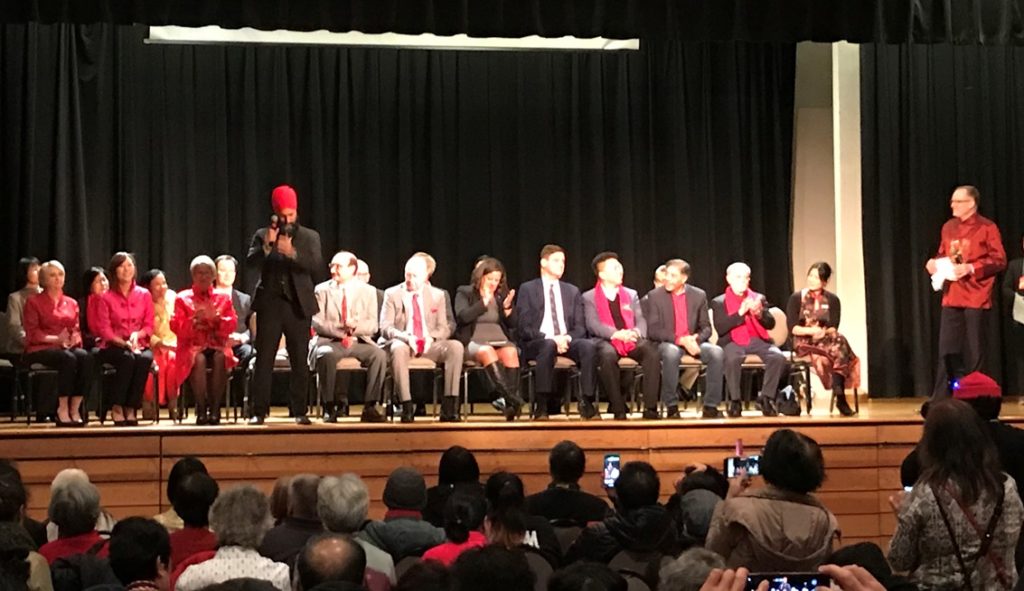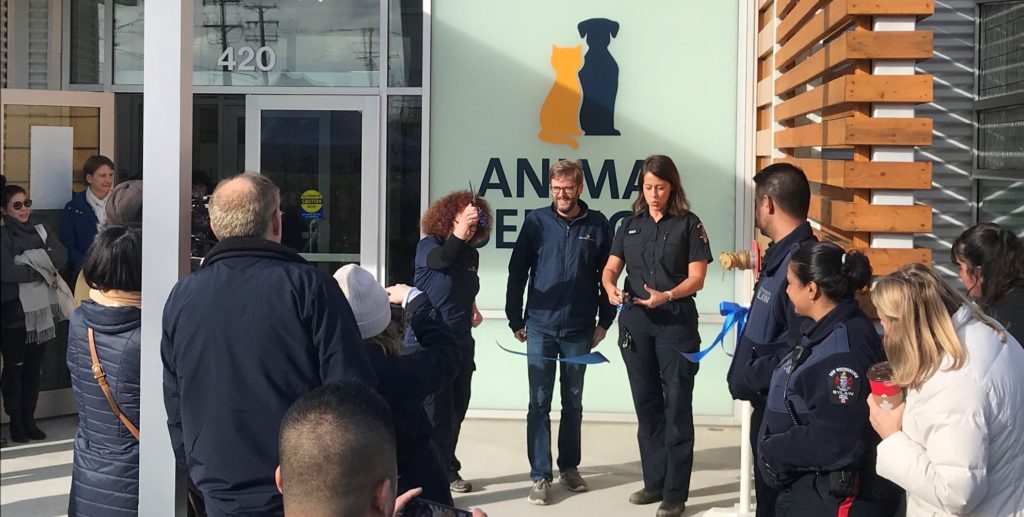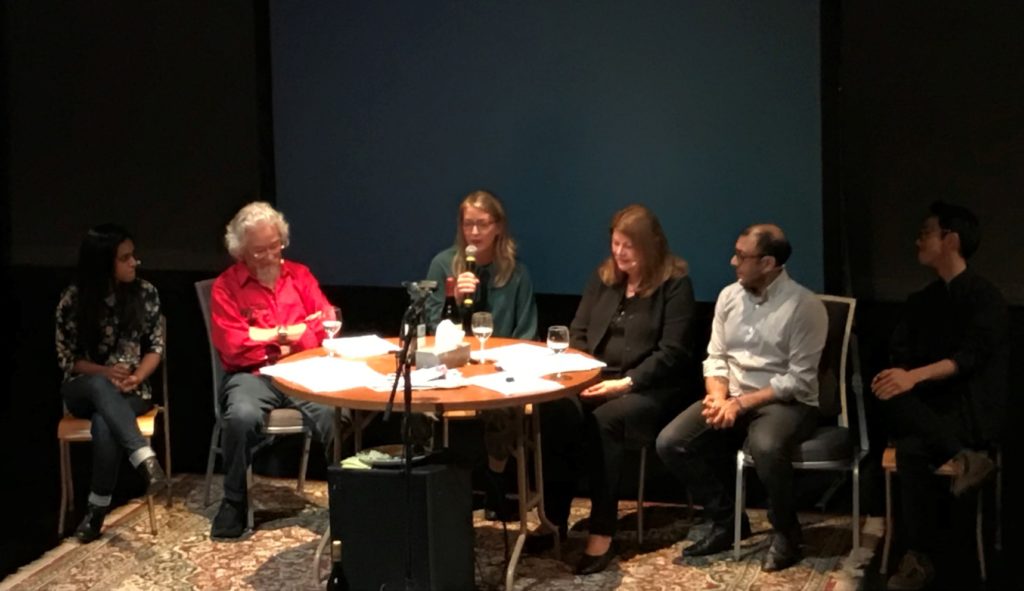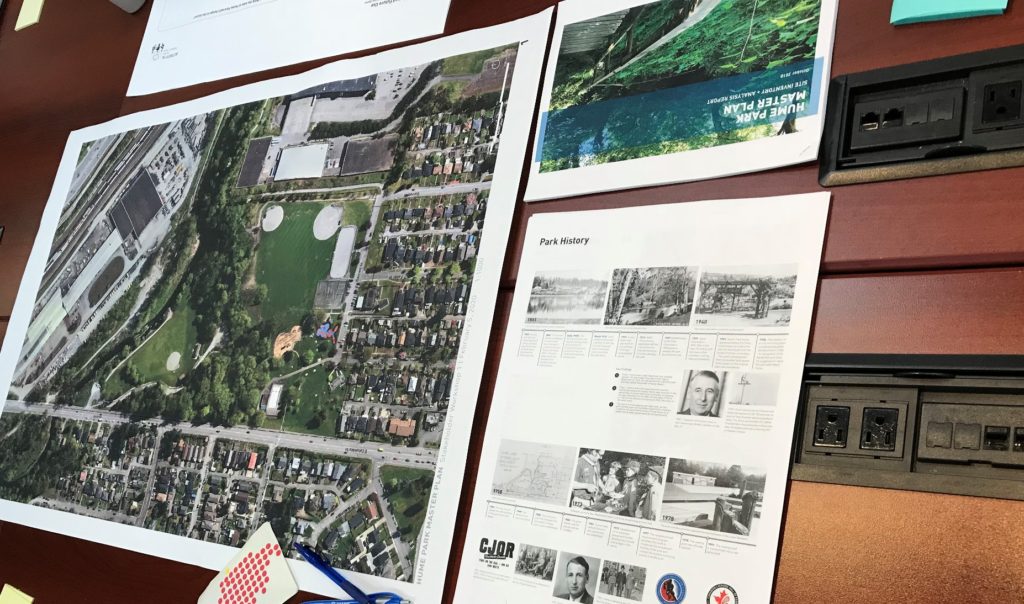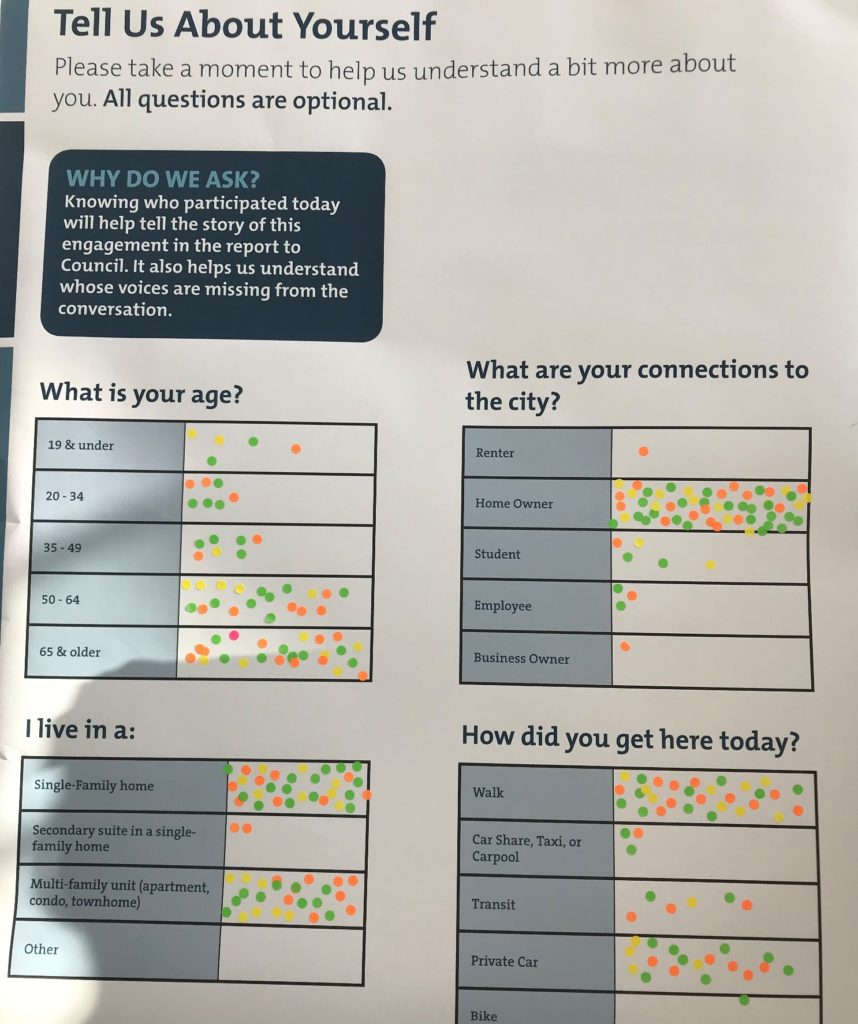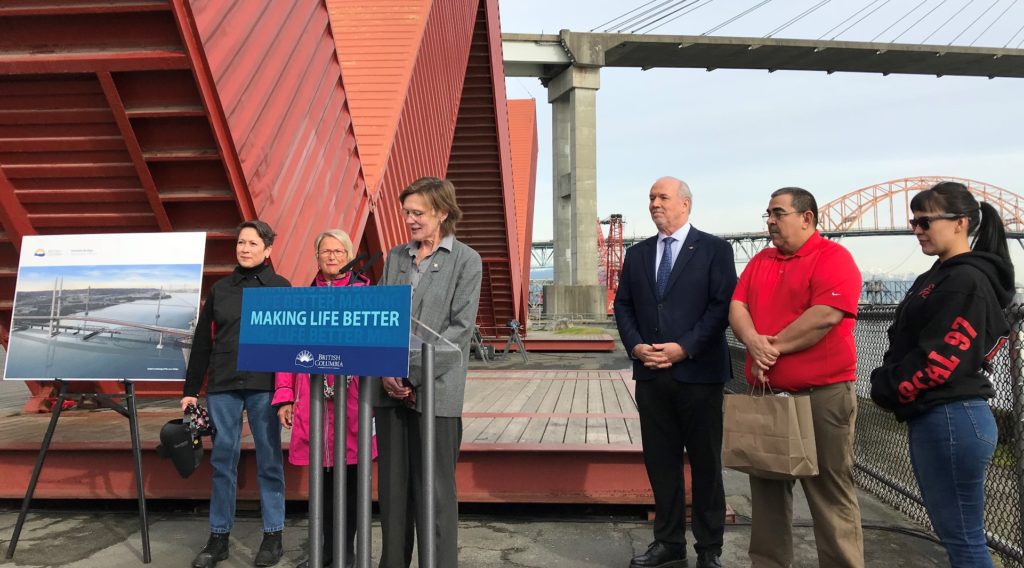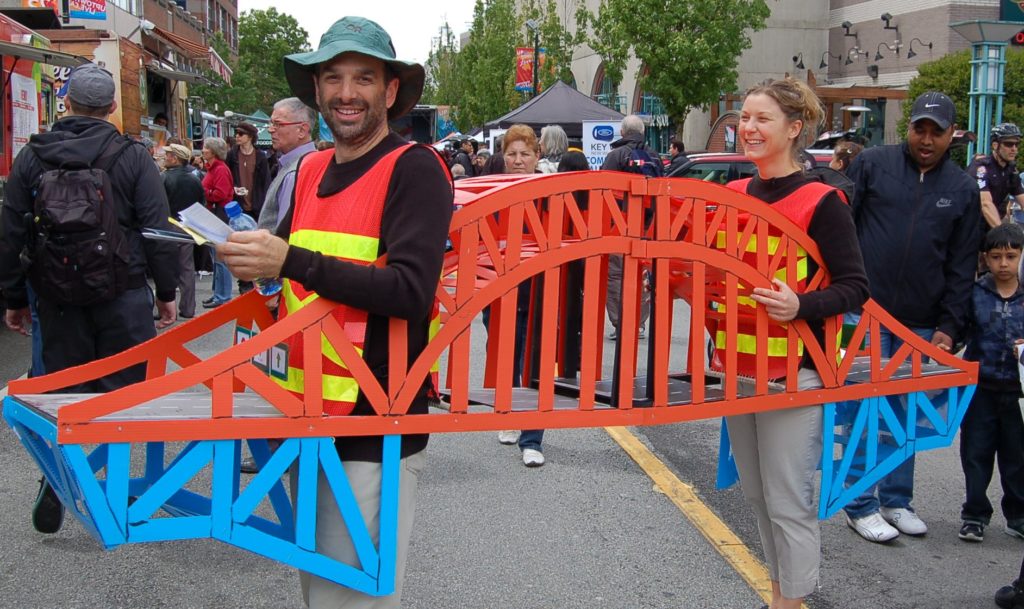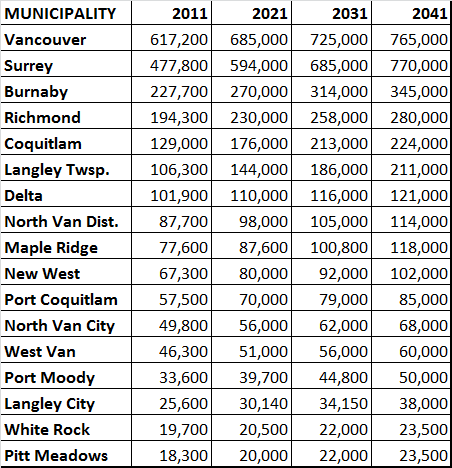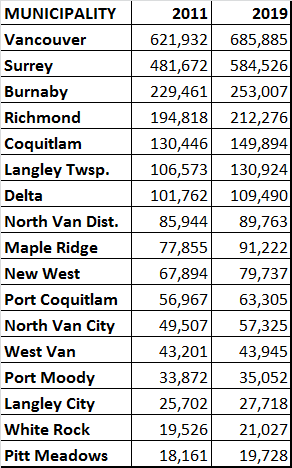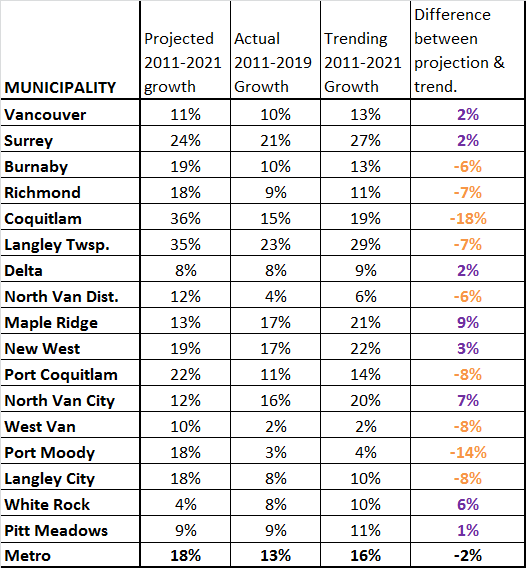Monday’s meeting (which I rambled on about here) was also one where several resolutions were passed. All were timely, some because of current events, some because the deadline for submission to the Lower Mainland Local Government Association is approaching. Endorsement by this area association improves the odds that the resolution will make the floor and be endorsed by the Union of BC Municipalities.
Resolutions are one way that Local Governments raise issues not strictly within our jurisdiction but still relevant to our community, and formally call upon senior governments to take actions that we don’t have the power to take. These types of resolutions are typically directed at senior governments and are a pretty standard practice in local governments across BC and Canada.
You can read the full text of the resolutions at the end of our Agenda here, so for the purpose of this blog, I’m going to skip over the “whereas” statements that create the context for them, and pare them down to the specific call, then add a few of my comments after. All of the following resolutions were supported by Council:
National Pharmacare Program Councillor Nakagawa
BE IT RESOLVED THAT the City of New Westminster write a letter calling on the Federal Government to work with the provinces and territories to develop and implement a Universal Public National Pharmacare program as a top priority; and
THAT this letter be forwarded to all BC municipalities asking to write expressing their support for a National Pharmacare Program.
THAT the following resolution be submitted to FCM:
THAT the Federation of Canadian Municipalities calls on the Federal Government to work with the provinces and territories to develop and implement a Universal Public National Pharmacare program as a top priority.
The time for national Pharmacare is now. It was actually a few decades ago, when most modern social democracies included pharamcare as part of their national healthcare systems, but hindsight is as powerful as prescription glasses. It has been said that Canada’s is the least socialized of all socialized healthcare systems in the industrialized world, as so many parts of health care considered primary in progressive nations (pharmacare, dental care, vision care, etc) are not part of our “universal” care.
Four of the 5 Parties in the House of Commons, representing 67% of the seats, have publicly supported publicly funded Phamacare, it really comes down to whether the party with the plurality is going to follow through this time, or continue to pull a Lucy with the football.
Declaration of Solidarity with Wet’suwet’en Councillor Nakagawa
BE IT RESOLVED THAT the City of New Westminster calls on the Governments of British Columbia and Canada to suspend permits authorizing construction of the Coastal GasLink pipeline and commence good-faith consultation with the Wet’suwet’en People;
AND BE IT FURTHER RESOLVED THAT the City of New Westminster calls on the Governments of British Columbia and Canada to end any attempt at forced removal of Wet’suwet’en People from their traditional territories and refrain from any use of coercive force against Wet’suwet’en People seeking to prevent the construction of the Coastal GasLink pipeline through non-violent methods.
This resolution seems to have garnered more attention than the others, including the usual Facebook calls for Council to “stay in its own lane” and “stop wasting time”. These appeared to mostly come from people who, by reading their comments, I assume did not read the resolution.
I’ve been slow to enter the on-line fray about the ongoing protests launched by the arrest of land defenders in the Wet’suwe’ten territory. I am not even sure how to talk about this without centering myself in the conversation, and as the conversation is not lacking in middle aged white guys from urban areas with a hot take, I’m not I add value to the discourse.
Since the road directly in front of my office was occupied for a few hours last week, I was able to watch the orderly challenging of all that is disorderly in one of the busiest car/pedestrian/transit intersections in Vancouver. I spent a bit of time in that crowd after work, and tried my best to listen and to reflect on what this disruption means, and how its impact compares to the strong feelings I had coming out the Climate Strike last September. But ultimately, I don’t think my feelings or ideas are what this is about. This is about whether the words of reconciliation, so easily invoked by those in power, have meaning when the boots (and pipes) hit the ground.
As New Westminster engages in relationship-building with local First Nations, I think it is valuable for us, as a Council to have conversations about what these events mean in the bigger context, both here in New West and with a wider community. We need to be open to understand the relationship between the colonization that was our modern community’s founding and the ongoing colonization of unceded territory in British Columbia. Like pharmacare (above) and transportation (below), this resolution is not “outside our lane”, but the exact appropriate process in our empowering legislation for us to communicate our desires to the other orders of Government.
I thanked Councillor Nakagawa for a well-written and nuanced resolution (which, again, seems to have been missed by most Facebook commenters). It calls for good-faith consultation with the entire Wet’suwe’ten community and for an end to violence and forced removal. Those latter tools are the ones Canada has traditionally used – and often later apologized for using – when Indigenous people have tried to protect their lands, commonly following bad-faith consultation. This pattern needs to stop. The resolution is not about natural gas or benefits agreements or about traditional vs. elected leadership; it is about fostering a new form of respect for Indigenous people in light of UNDRIP. I am for respectful dialogue and against violence, so I am proud to support this resolution.
#AllOnBoardCampaign Councillor Johnstone
BE IT RESOLVED THAT the provincial government work to make transit access more equitable by supporting free public transit across BC for youth under 19 years of age; and
BE IT FURTHER RESOLVED THAT the provincial government support a sliding scale monthly pass system based on income; and
BE IT FURTHER RESOLVED THAT BC Transit and TransLink proactively end the practice of fare evasion ticketing of minors, and introduce community service and restorative justice options for adults as an alternative to fare evasion tickets.
Similar resolutions were sent to UBCM last year from several communities, in support of this ongoing regional campaign being led by anti-poverty groups and including labour groups, business groups and other stakeholders, but they were not considered due to being bumped by a similar-sounding but quite different resolution around increasing Transportation Assistance for Low-Income Individuals. So we have updated the language to better address existing Provincial policy statements, and are trying again.
Clean vehicle incentives Councillor Johnstone
BE IT RESOLVED THAT: the provincial government expand the Clean Energy Vehicle program to include financial incentives for the purchase of electric assist cycles in scale with the incentives provided for the purchase of electric automobiles.
E-assist cycles are a growing market, and bridge the gap to cycling accessibility for many people. As a regular cycle commuter, I see the increase in numbers of people using e-assist bicycles to extend their cycling commute, and to get them past barriers like the hills of New Westminster. It is especially noticeable that users of e-assist bikes fit a different demographic than your typically hardy cycling commuter, and are generally older and include more women. My octogenarian mother in law has an e-assist trike that she now uses for more and more of her daily trips because the hills she used to be able to ride up are now accessible to her again. The e-assist allows people to carry groceries and other needs on the bike. It really is a game-changer
The big impact of e-assist technology is not making people on bikes faster (they are speed regulated), but in getting people out of cars. Replacing some portion of car trips for people who find cycling a barrier. As such, there is no public policy or community benefit to electric cars that is not also achieved through the use of e-assist cycles, and as such, subsidies given by government to people fortunate enough to be able to afford a $50,000 car should be extended to people purchasing $1,500 e-assist cycles.
School Bus Safety Councillor Johnstone
BE IT RESOLVED THAT UBCM call upon the BC Ministry of Education and the BC Ministry of Public Safety to mandate that all buses transporting students in British Columbia be equipped with seat belts that meet Transport-Canada regulatory standards and institute programs to assure those belts are used safely.
A similar resolution went to UBCM last year after a resident of Queensborough raised this issue to Council, however it was not considered by the membership at UBCM due to timing. In the year since, Transport Canada has developed new guidelines and is piloting a school bus seatbelt safety project. This resolution is still relevant in the modified form as it asks the relevant departments of the Provincial Government to follow up on the initiative launched by Transport Canada.
